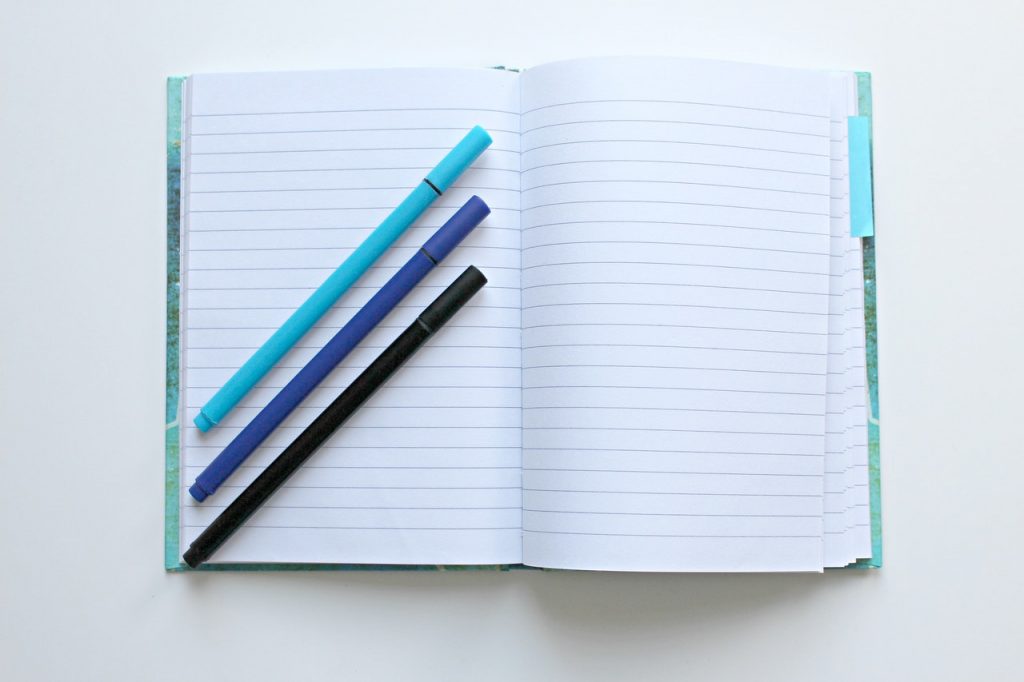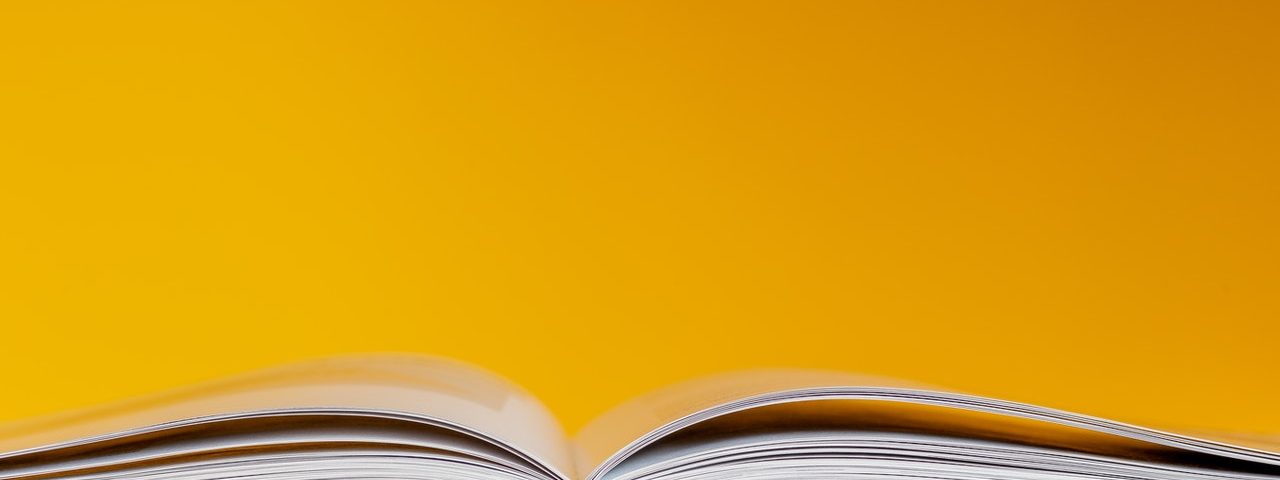Many different binder printing services are available in Australia with something to suit the needs of everyone. Which option you choose is based on what you want in the appearance, what your budget is, how durable they need to be and what you need it for.
Case binding
This type of printing is also known as edition binding. This type of bookbinding results in a hardcover book. Case binding is the dearest option but is also the most durable. Stacked signatures are collected and sewn together to give the book its strength. The book is trimmed in three sides which is then followed by being glued into a spine with the front and back cover added. This is made from binder boards then covered with a cloth or paper. You will then see the first and the last sheets are glued to the board. If you are needing to reduce the cost of this binding method, you can always set the book blocks into cases instead of first sewing the signatures and then glueing them to the covers.
Perfect Binding
Just like above, the perfect binding books are made of stacked signatures. The signatures are gathered into a book with the edges of the spine grounded off. When the book becomes glued to the paper cover, the glue will go ahead and bind the signatures into the spine where they can flow into the notches. You will have an increased surface area which will allow the glue to have a more permanent adhesion. The book block and the cover are trimmed flush.
Lay-flat binding
The perfect bound books cannot lie flat when they are opened due to the spines being fully glued to its covers. By using a glue that is flexible on the edges of the spine of the book, the book can actually lie flat on the table. This is an expensive method that needs plenty of time for the glue to cure.

Saddle stitching
The signatures in this method are nested, meaning set one goes into the other rather than stacking them like the other ways already mentioned. The books are stitched through its folds with wire staples. The books are able to lie flat, but the saddle stitching is only used for shorter books less than eighty pages. These books don’t have a spine to print the title on.
GBC binding
This process is also called comb binding—a good method for technical manuals that have plenty of pages and are required to lie flat. The stack of pages will be punched with many holes along the binding edge, which is then where a plastic comb is installed. The comb will curl into a cylinder which is found along the side of the book and can give you a screen printable spine. Other pages can be removed or added as required.
The ring binders
The ring binders are exactly what they sound like. You will recognise these from the binders that you used in school. The vinyl covers will be silkscreen or come with paper inserts that you can print on and insert down behind a cover that protects the pages. Ring binder folder printing is one of the better options and is great for businesses. This is a type of binding that is more expensive as well, and the price will jump quite high when they are being produced per unit, unlike the saddle stitching and perfect binding printing operations. The downfall with this type is the unit price won’t go down even with increased units ordered.
